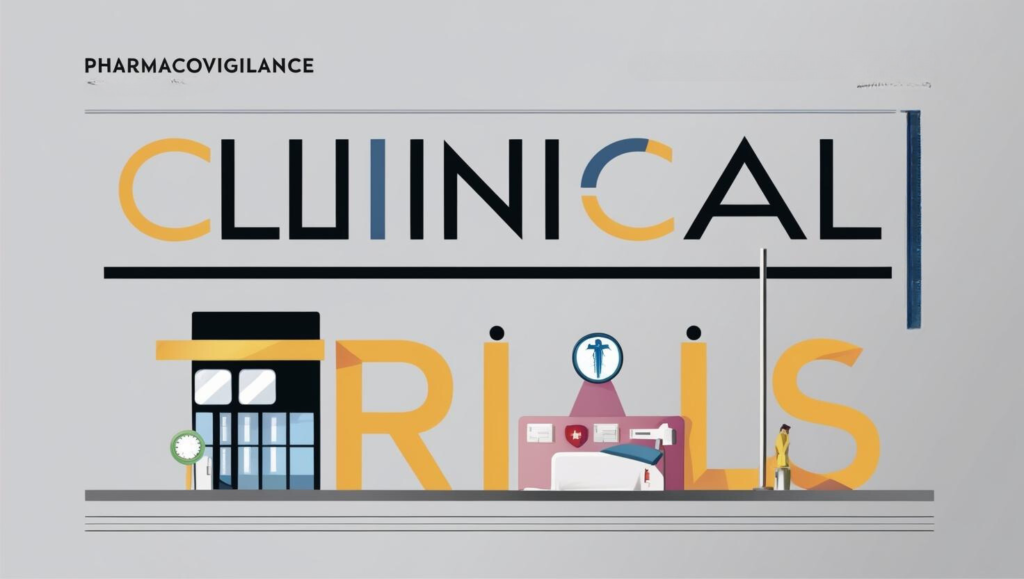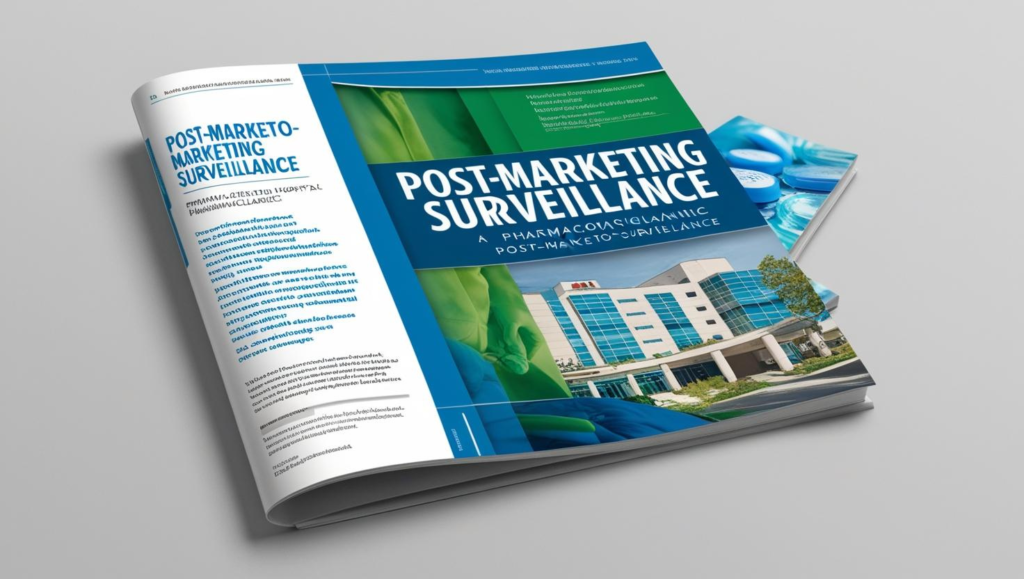
Clinical Trials
Clinical trials are a fundamental source of data for aggregate reporting. These trials are conducted in various phases to test the efficacy and safety of new drugs before they are approved for public use.
Key Points:
- Phase I: Focuses on safety and dosage in a small group of healthy volunteers.
- Phase II: Evaluates the drug’s efficacy and side effects in a larger group of patients.
- Phase III: Confirms efficacy, monitors side effects, and compares the new drug to commonly used treatments.
- Phase IV: Conducted after the drug is marketed, to gather information on the drug’s effect in various populations and long-term use.

Post-Marketing Surveillance
Once a drug is approved and available on the market, post-marketing surveillance becomes crucial. This involves the continuous monitoring of the drug’s safety in the general population.
Key Points:
- Spontaneous Reporting Systems: Healthcare professionals and patients report adverse events to regulatory bodies or the drug manufacturer.
- Registry Studies: Long-term follow-up studies involving patients who are using the drug.
- Electronic Health Records (EHRs): Large databases of patient records that can be analyzed to identify patterns and potential adverse effects.

Literature Sources
Published scientific literature is another critical source of data. Researchers often publish findings on drug safety, including case reports, reviews, and meta-analyses.
Key Points:
- Case Reports and Series: Detailed reports of individual or a series of patient cases.
- Review Articles: Summaries of existing research on a particular topic.
- Meta-Analyses: Statistical analyses that combine results from multiple studies to provide a more comprehensive understanding of the drug’s safety profile.

Entertaining Example
Let’s imagine aggregate reporting in pharmacovigilance as running a restaurant. The chef (pharmacovigilance expert) needs to ensure that all the dishes served (drugs) are safe and enjoyable for the customers (patients).
- Clinical Trials: Before adding a new dish to the menu, the chef tests it in different phases.
- In Phase I, a small group of people (the chef’s team) tries the dish to see if it’s safe to eat.
- In Phase II, a larger group (selected customers) tastes the dish to see if they like it and if anyone has an allergic reaction.
- In Phase III, the dish is compared to existing menu items to see if it’s better or worse.
- In Phase IV, once the dish is on the menu, the chef continues to monitor customer feedback to ensure it remains safe and popular.
- Post-Marketing Surveillance: After the dish is added to the menu, the chef keeps an eye on customer reviews and feedback.
- If customers report feeling unwell after eating the dish, the chef investigates (spontaneous reporting).
- The chef might also follow up with regular customers (registry studies) and review sales data (EHRs) to identify any patterns.
- Literature Sources: The chef reads cookbooks, food blogs, and reviews from other restaurants to stay informed about potential issues with ingredients and cooking methods.
- If another restaurant reports a problem with a particular ingredient, the chef takes note and checks if it’s used in their own dishes (case reports and series).
- The chef reads review articles to stay updated on the latest food safety trends and practices.
- The chef might even conduct their own analysis of different recipes to identify the safest and tastiest options (meta-analyses).



